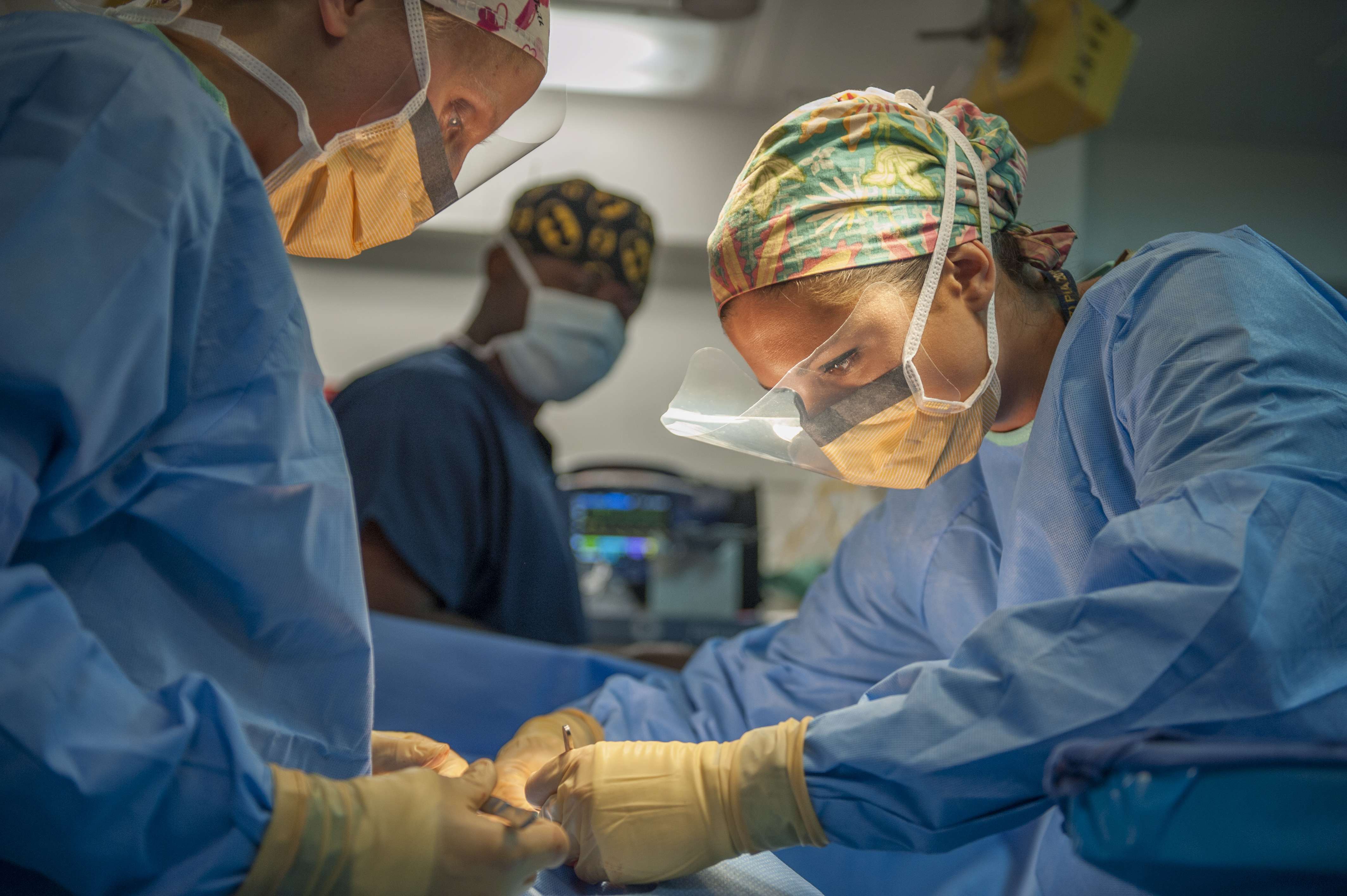
A shrinking planet means not only people but also diseases are able to easily move beyond their “homes” and enter new environments exposing new populations to threats. Physicians in developed countries are now expected to have a broader knowledge of tropical diseases and newly emerging infections while exhibiting cultural sensitivity to increasing numbers of international travelers and ethnic minority populations (Drain et al 226). Furthermore, physician understanding of social determinants of health and disease, such as socio-economic conditions, political and environmental factors, is increasingly important (Drain 227).
To expand physician knowledge in these areas, international medical experiences (IME) are becoming increasingly popular components of both undergraduate and post-graduate medical education. IMEs not only broaden physician clinical and differential diagnostic skills but also increase cultural and linguistic competence. They also have been shown to increase interest in volunteerism, humanitarian efforts and work with underserved populations both in the United States and abroad (Grudzen & Legome 47).
Typically, international surgical experience is voluntary and not formally linked to surgical training programs, but importance of surgical research in global health is increasing. With studies documenting the substantial burden of surgical conditions and the favorable cost-effectiveness of basic surgical care in low-income countries, the global public health community is paying more attention to surgery (Ozgediz 860).
Educational benefits to U.S. trainees working in resource-constrained environments of low-income countries have been well documented. They include exposure to varied conditions, greater reliance on medical history and physical examination, and cost-conscious care (Ozgediz 862). Many trainees report these experiences abroad rekindle their fundamental motivations for pursuing a career in medicine. This may be especially important because evidence exists that motivation to work with vulnerable populations decreases as duration of training increases (Woloschuk, Harasym & Temple).
Often low-income countries have significant surgeon and anesthetist workforce shortages because many local students are drawn to infectious disease. Partnerships between universities in developed areas of the world and those in developing countries deepen IME for surgical trainees and provide a pool of candidates to fill the void. These partnerships are also beneficial in filling training and research needs of universities in low-income countries (Ozgediz 863).
Medical students in the United States have engaged in international rotations in developing countries for more than one-half century, and their interest and participation has accelerated in recent years. In 1978, 5.9 percent of graduating American medical students completed a clinical education experience abroad as part of their medical education (Drain et al 227). By 2004, 22.3 percent of graduating American medical students participated in an international health experience.
However, according to Paul Drain and research funded by the Bill and Melinda Gates Foundation, international clinical rotations need to be integrated with a comprehensive international health curriculum for maximum effect (Drain et al 227). In 1991, only 22 percent of U.S. medical schools offered a course on international health. In addition, many medical students are now expanding the time they spend in medical school to pursue international clinical rotations and research opportunities. Medical students have been leading much of the call for greater emphasis on global health issues as part of medical education (Drain et al 227).
For more information on IMEs visit:
- http://citeseerx.ist.psu.edu/viewdoc/download?doi=10.1.1.478.5615&rep=rep1&type=pdf
- https://bmcmededuc.biomedcentral.com/articles/10.1186/1472-6920-7-47
- http://www.nejm.org/doi/full/10.1056/NEJMp068035#t=article
- http://jamanetwork.com/journals/jamasurgery/fullarticle/600858?resultClick=1
References:
- Ozgediz, Doruk, et al. “Surgical training and global health: Initial results of a 5-year partnership with a surgical training program in a low-income country.” Archives of Surgery9 (2008): 860-865.
- Drain, Paul K., et al. “Global health in medical education: A call for more training and opportunities.” Academic Medicine3 (2007): 226-230.
- Woloschuk, Wayne, Peter H. Harasym, and Walley Temple. “Attitude change during medical school: A cohort study.” Medical Education5 (2004): 522-534.
